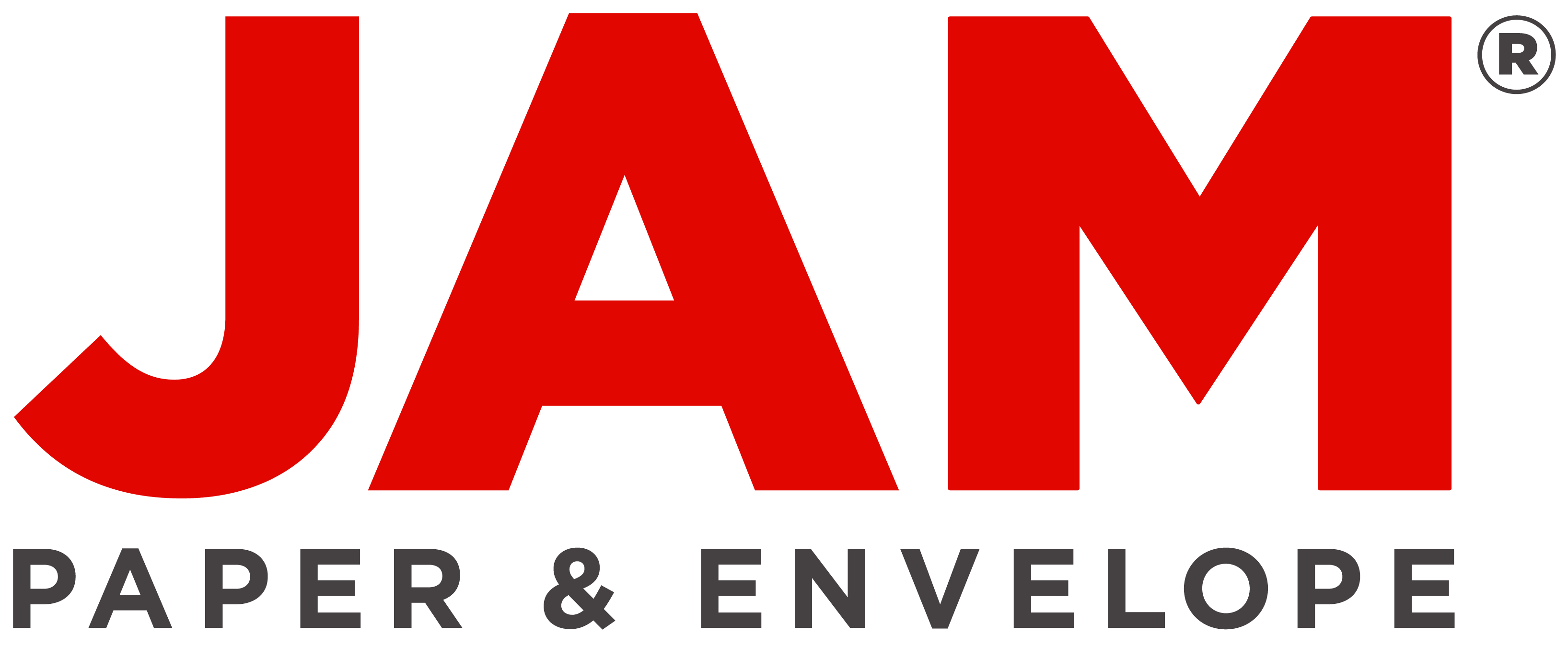Understanding Paper Weight
- By Andrew Jacobs
- Oct 13, 2015
Do you know the difference between a 24lb Bond or 60lb Cover?
Understanding paper weight terminology can be difficult and confusing! So we have broken it down to help you figure out and choose which paper and weight is best for your project.
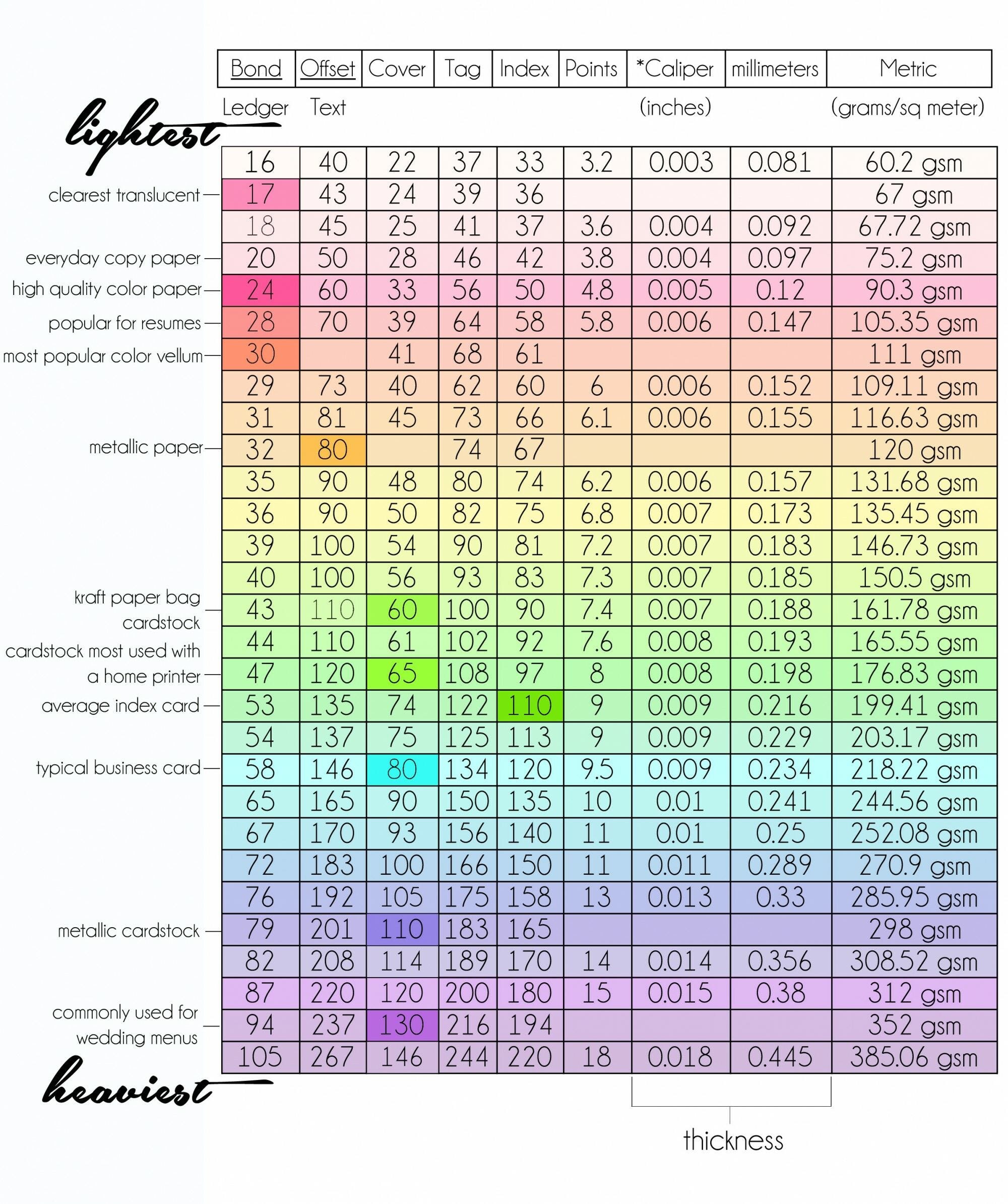
[ Shop the highlighted paper here! ]
Bond vs Offset vs Cover vs Tag:
The Basis Weight is the weight of 500 sheets of paper in its uncut basic unit size or before being cut to letter size or legal size. It is then weighed and categorized: The most common paper sizes are Bond, Offset/Text, Cover, Tag, and Index which are the terms used to define the different weights in their uncut size.
Understanding it a little further:
An uncut sheet of Bond paper measures 17 x 22 inches: If 500 sheets of Bond paper weigh 20 lbs, then the ream of paper cut to letter size will be labeled 20 lb.
An uncut sheet of Cover paper measures 20 x 26 inches: If 500 sheets of Cover paper weigh 65 lbs, then a ream of this paper trimmed to tabloid size would be marked as 65lb.
Other terms to know:
Standard
- Typically printer paper
- Usually has a weight of 20 - 28 lbs.
- Used a lot for: company letterheads, business forms, stationery
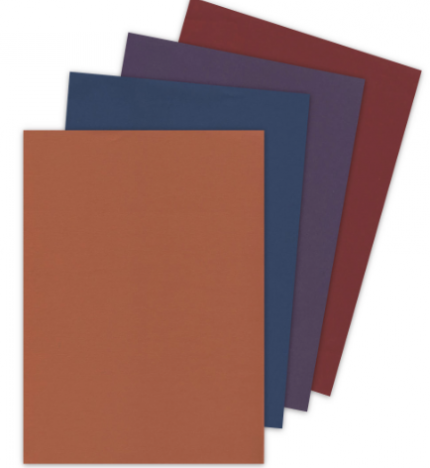
Cardstock / Cover
- A heavy, stiff sheet
- Thicker than standard everyday printer paper
- Various textures, finishes, coatings & colors
- Commonly used for: folders, business cards, postcards, book covers

Vellum Bristol
- Vellum refers to the finish on the paper which is uncoated & translucent
- Uncoated paperboard
- Can have an eggshell appearance
- High ink absorbency rate.
- Typically used for: heavier media, promotional materials, catalogs
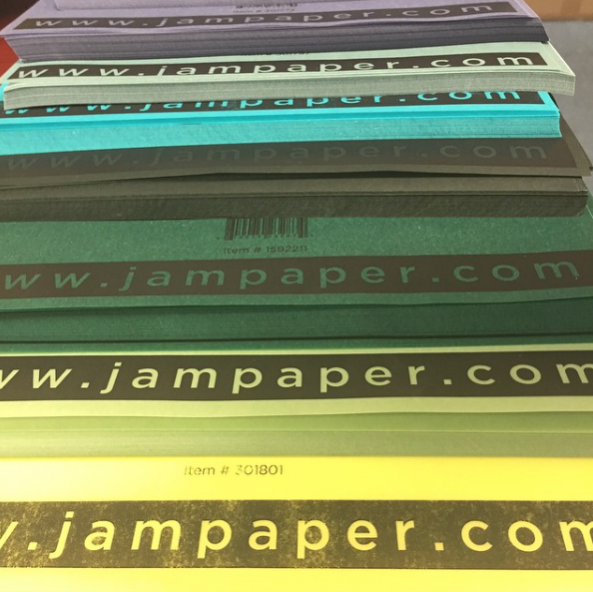
Kraft
- Produced during 'the Kraft Process' where wood is turned into pulp.
- This process keeps almost all of the wood fibers making it 100% recyclable, durable and strong.
- High elasticity and high tear resistance
- Great paper for shipping and packaging.
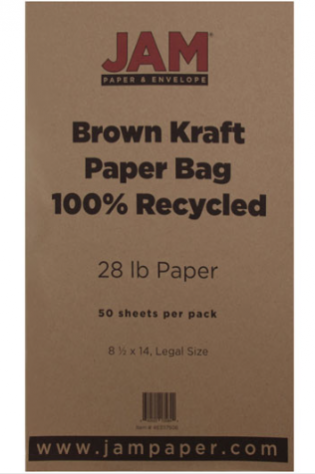
Understanding Paper Weight: A Comprehensive Guide
Understanding paper weight is essential for anyone working in the printing or stationery industry. Paper weight refers to the thickness and sturdiness of a sheet of paper, and it is typically measured in pounds (lbs) or grams per square meter (gsm). Knowing the different paper weights available can help you choose the right type of paper for your specific printing needs, whether it's for business cards, brochures, or invitations. It can also impact the overall look and feel of your printed materials, so it's important to make an informed decision. This guide will provide you with all the information you need to understand paper weight and make the best choices for your projects.
Benefits of Understanding Paper Weight
Understanding paper weight can lead to several benefits for businesses and individuals. By knowing the different paper weights available, you can ensure that your printed materials are of high quality and convey a professional image. It also allows you to make cost-effective decisions by choosing the right paper weight for your specific needs, reducing waste and saving money. Additionally, understanding paper weight can help you communicate effectively with printers and designers, ensuring that your vision for your printed materials is accurately realized.
Use Cases for Different Paper Weights
Different paper weights have different use cases. For example, heavier paper weights are often used for business cards and postcards to convey durability and quality, while lighter paper weights are suitable for flyers and brochures that need to be lightweight and easy to handle. Understanding these use cases can help you make the right choices for your specific printing needs, ensuring that your materials are both functional and visually appealing.
Alternatives to Traditional Paper Weight
While traditional paper weight measurements are widely used, there are alternative ways to achieve similar effects. For example, using specialty papers such as textured or metallic papers can add visual interest and a unique tactile experience to your printed materials. Understanding these alternatives can help you think outside the box and create truly memorable printed materials for your business or personal use.
Tips for Using Different Paper Weights
When using different paper weights, it's important to consider factors such as printer compatibility, ink absorption, and folding or binding requirements. Choosing the right paper weight for your specific project can make a significant difference in the final result. Additionally, experimenting with different paper weights and finishes can help you discover new creative possibilities for your printed materials, allowing you to stand out from the competition and make a lasting impression.
Conclusion
Understanding paper weight is crucial for anyone involved in the printing or stationery industry. By knowing the benefits, use cases, alternatives, and tips for using different paper weights, you can make informed decisions that lead to high-quality, cost-effective, and visually appealing printed materials. Whether you're a business owner, designer, or individual looking to create personalized stationery, this comprehensive guide will help you navigate the world of paper weight and make the best choices for your specific needs.
